Hope springs eternal they say, but sometimes when the headlines place a particular coin under the limelight many people get excited about the prospect of a rarity that may be sitting right under their noses. This has certainly been the case with the 1943 Bronze Lincoln Cent, which sees media attention from time to time when an example trades in a public auction for a headline-grabbing sum. I say this as a former coin dealer who spent years fielding incoming calls from sometimes dozens of people in a single day after a local, regional, or national media agency ran a story highlighting such a coin.
The 1943 Bronze Lincoln Cent could be considered something of a unique case in the matter because it’s the kind of coin that has an approachability about it. So many people are familiar with Lincoln Cents, and the 1943 Bronze Cent can therefore seem like the type of coin that just might turn up in pocket change or a coin jar (one example turned up in a kid’s school cafeteria change in 1947!) And one of the things that may make this particular coin a little challenging – both for many reporters and the non-numismatic public – is that the date of the coin, “1943,” often becomes the only major identifier that sticks in the mind.
What is sometimes absent from the stories about this World War II-era coin, a byproduct of copper rations, that was supposed to have been made from zinc-plated steel, is that the rarity comes from being one of a handful of erroneous bronze planchets. Another thing many in the public tend not to realize is that there are far more fake 1943 Bronze Cents out there than authentic ones. And, by golly, do we know oh so well in this hobby that authenticity matters! That’s probably one of the most problematic things about this coin, is that there are so many counterfeits out there involving this coin. Altered dates, copper-plated 1943 Steel Cents, you name it…
It should be no surprise that the 1943 Bronze Lincoln Cent is an extremely rare coin. Currently, PCGS has graded fewer than 20 examples, most of which have fetched prices in the range of $200,000 to $500,000 in recent years. One of them, the unique 1943-D Bronze Cent, took $840,000 in a 2021 auction. So, it’s no wonder people have incentive to place a call or two to coin dealers about their 1943 Lincoln Cents.
I received many calls, and later texts, about the 1943 Bronze Cent and other famous rarities. When the texts came in, they were often an image of a piece with little explanation other than a question mark. The presumptive questions were, “What is it?” “Is it real?” Fair questions indeed…
Regardless of the item, if it is counterfeit, then it is not real. Counterfeit pieces especially are of no numismatic value except for the educational potential that comes in informing others of what not to buy.
This is one of the main reasons PCGS came along in 1986. Our goal from day one was to prioritize the importance of authenticity and help others avoid getting skunked with counterfeit coins, banknotes, tokens, and medals. The demand for PCGS services exploded during the first days of operation, leading to what has become well more than 50 million encapsulations.
Once a coin is in a PCGS holder, you never have to worry about authenticity again! And over the last several decades PCGS has incorporated numerous security and holder improvements to help ensure the PCGS-graded coin and the PCGS holder itself are indeed authentic.
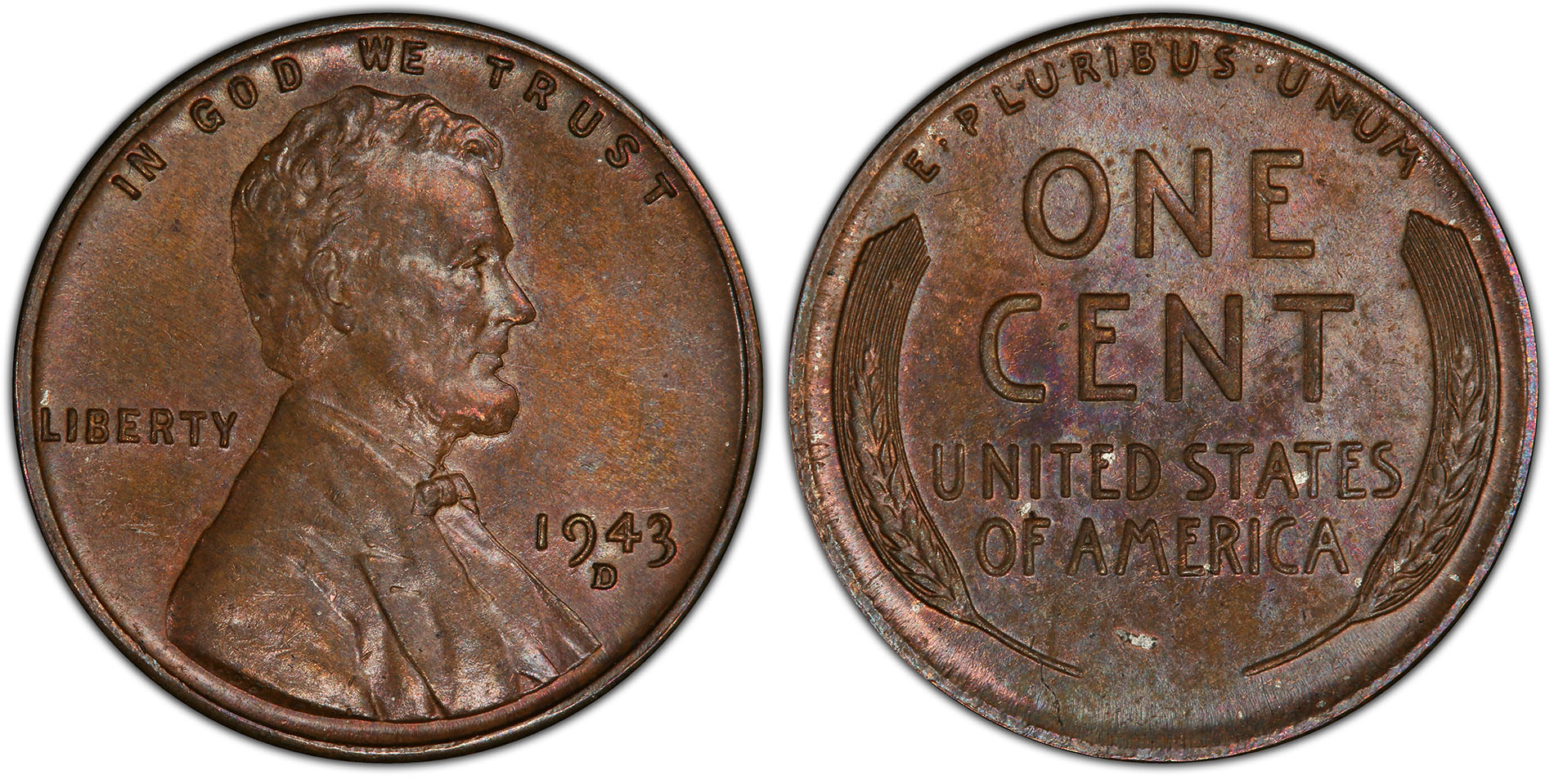
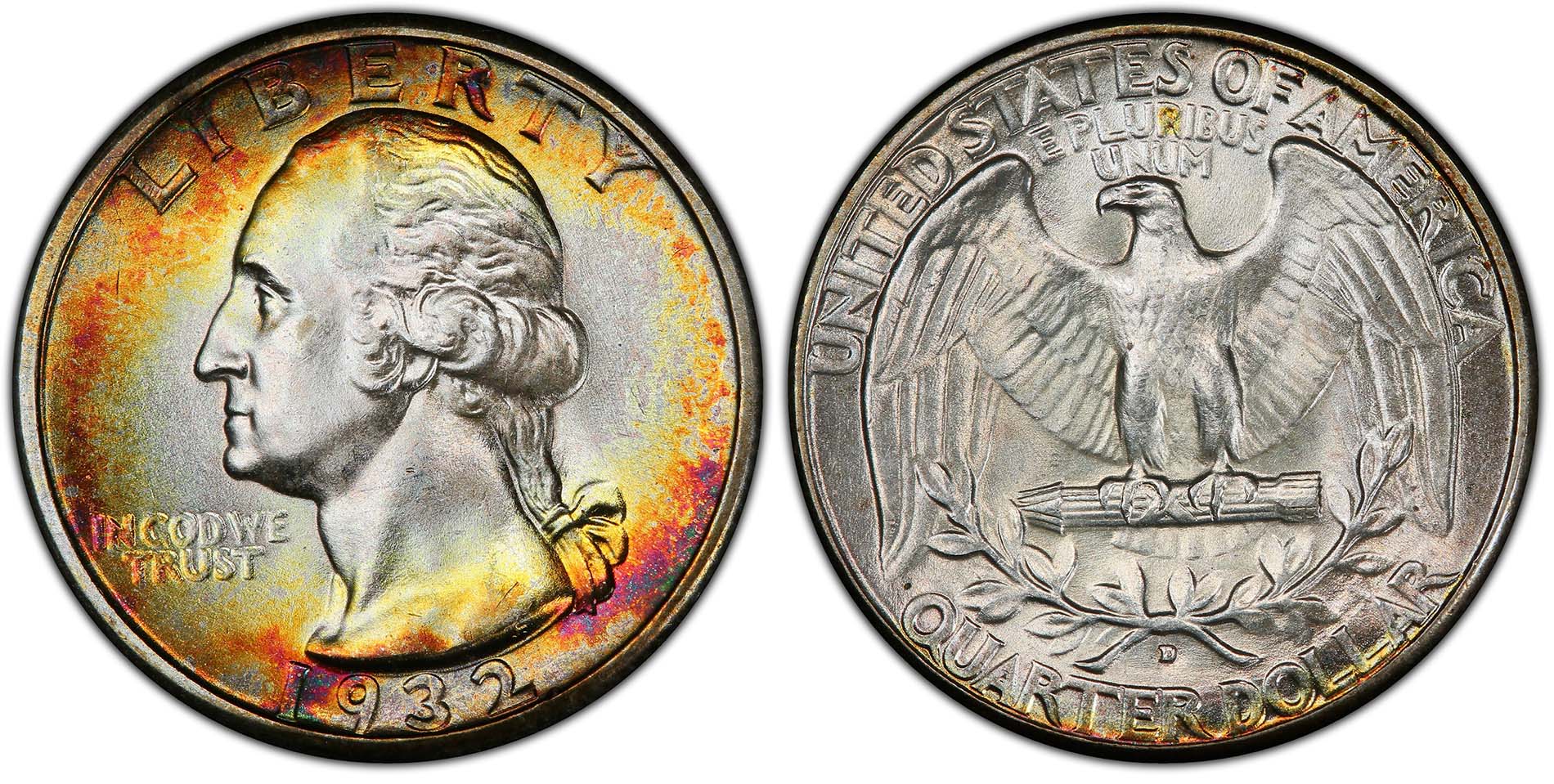




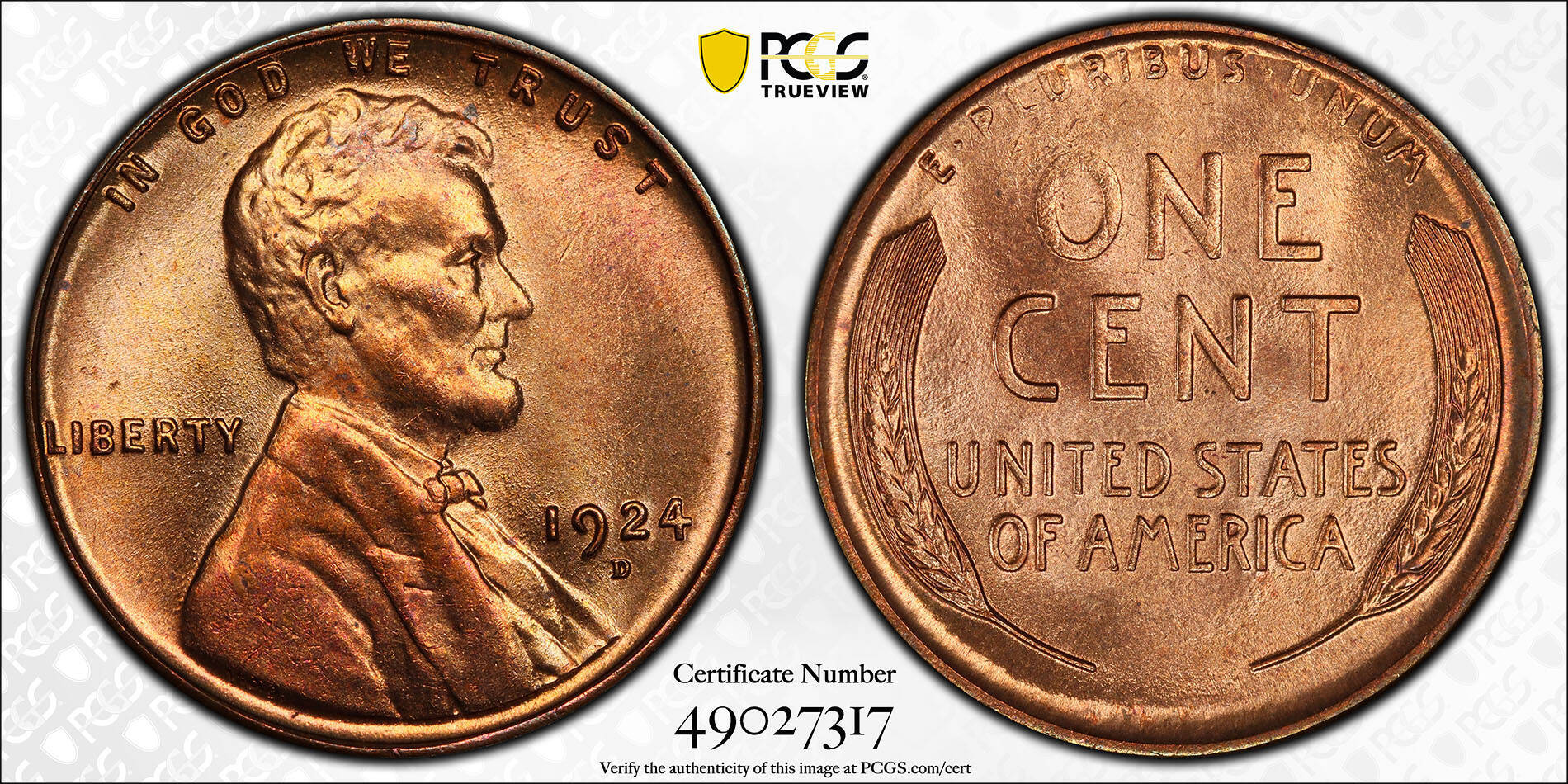
 Copper & Nickel
Copper & Nickel
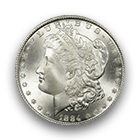 Silver Coins
Silver Coins
 Gold Coins
Gold Coins
 Commemoratives
Commemoratives
 Others
Others
 Bullion
Bullion
 World
World
 Coin Market
Coin Market
 Auctions
Auctions
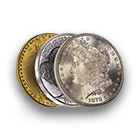 Coin Collecting
Coin Collecting
 PCGS News
PCGS News